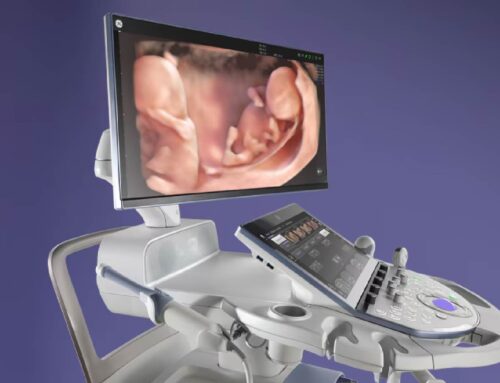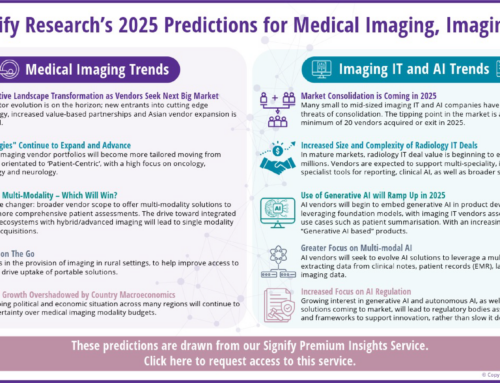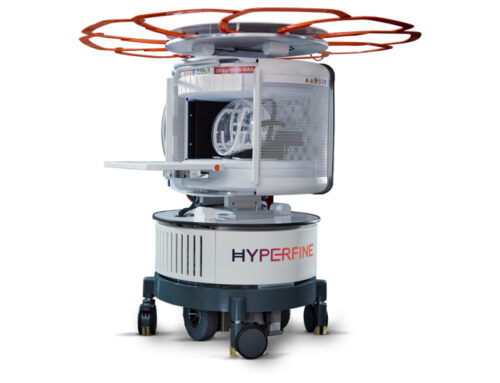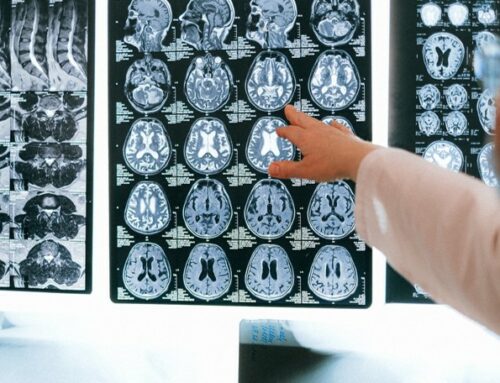By Jon Gingrich, CEO, Echosens North America |
Fatty liver disease (FLD), including non-alcoholic fatty liver disease (NAFLD) and the more problematic non-alcoholic steatohepatitis (NASH), are conditions that accompany the epidemics of obesity and diabetes. These conditions often lead to advanced fibrosis and liver cancer, liver transplantation, increased risk of cardiovascular events and all-cause mortality.
Recent studies have shown that detecting and monitoring liver disease using vibration-controlled transient elastography (VCTE) is a non-invasive and quick way for clinicians to quantify the stiffness of liver tissue and estimate liver fat at the point of care. This is important because liver stiffness correlates with hepatic fibrosis, excessive connective tissue build up in the liver and an important predictor of liver-related and all-cause mortality. VCTE-defined hepatic fibrosis is associated with multiple cardiovascular risk factors, including obesity, metabolic syndrome, diabetes, hypertension and high-density lipoprotein cholesterol.
A recent retrospective cohort study also determined that VCTE technology correlates well with the presence of advanced liver fibrosis and clinically significant portal hypertension in patients with hepatitis C virus (HCV) infection. This technology can be used to measure liver stiffness either before or after anti-viral treatment, making it a critical tool in the determining the development of hepatocellular carcinoma (HCC), decompensated liver disease and death.
VCTE tools are likely to gain traction among U.S. physicians and specialists as the twin epidemics of liver disease and obesity continue to grow and because of the prevalence and associated costs of underdiagnosed liver disease, which is now linked to over $100 billion in annual direct costs.
Liver Disease and Obesity
The alarming rise in adult obesity rates in the United States and worldwide has led to more people experiencing liver damage and associated health issues. For context, in 2000, 30.5% of American adults had obesity, meaning they had a body mass index of 30 or higher. That rate increased through 2015-2016, helping to fuel related health issues like diabetes, cardiovascular disease and some cancers.
Recent data shows that the obesity rate reached 42.4% in 2017- 2018 – surpassing 40% for the first time. The impact of obesity on vital organs can be devastating, especially on the liver, causing insulin resistance that leads to buildup of blood sugar and increases the amount of free fatty acids circulating in the blood and inside the liver cells. This buildup of fat is very common in those with Type 2 diabetes, and increases the risk of liver fibrosis, cirrhosis, liver cancer and death.
It also leads to NAFLD, which affects roughly 100 million Americans. In a recent retrospective analysis among Medicare Advantage plans, the annual cost of NAFLD was $9,062 for a new diagnosis and $5,363 for long-term management versus $4,111 per matched control.
Costs per patient and overall costs per year are the result of inpatient hospitalization and outpatient appointments, emergency department visits, organ transplantation, medical procedures or new diagnoses, new medications or changes to existing medications and mortality.
Estimates show that 357 million people will have NASH globally by 2030. Because NAFLD and NASH are so tightly intertwined with obesity, diabetes and lifestyle, a “whole person” approach to patient engagement is required to support behavioral changes that will result in better outcomes across the co-morbid conditions affecting the individual patient.
Diet and exercise interventions have been shown to be effective at reversing steatosis and modifying cardio-metabolic risk factors related to metabolic syndrome. For many patients, a 3% reduction in body weight has been associated with reversal of steatosis and a reduction of greater than 7% may resolve NASH in many patients. Disease progression is typically slow, and patients can be managed well by primary care physicians.
Adopting the Right Technology
Hospitals, health systems and physician practices interested in adopting VCTE technology should look for tools that produce numeric measurements—not images—for simplified interpretation and consistency of measurement. This enables clinicians to monitor changes in liver tissue over time. Experts anticipate that such rapid tools that provide consistent liver measurements will be performed as a routine part of patient management.
FibroScan, for example, is an easily implemented VCTE tool for early detection and monitoring at the point of care for primary care physicians and specialists. This 10-minute point-of-care procedure not only provides liver stiffness and fat scores for the diagnosis and monitoring of chronic liver diseases. What’s more, researchers concluded that measuring liver stiffness with FibroScan should be considered after anti-viral treatment for HCV because it predicts adverse outcomes even beyond routinely available clinical predictors. Such quantifiable information can improve individual health outcomes and enable hospitals and physicians to lower payer costs by avoiding expensive, invasive interventions, such as painful liver biopsies.
Unlike blood tests that measure circulating markers of inflammation, such as alanine aminotransferase (ALT) and aspartate aminotransferase (AST), VCTE generates reproducible results and allows for both diagnosis and monitoring of liver stiffness and liver fat, which is helpful for patients who have made lifestyle changes to mitigate the impact of obesity and associated liver and heart disease.












